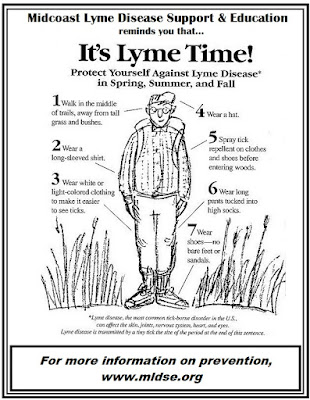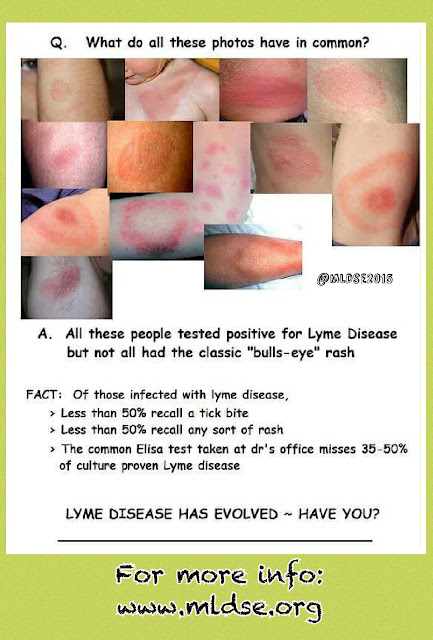Powassan in Midcoast Maine
Author: Paula Jackson Jones
Published: 06/04/2017
Last week, the Maine Center for Disease Control and Prevention
(Maine CDC) published the following press release:
They
were notified of two cases of Powassan Encephalitis. Both cases occurred in
adults who reside in the Midcoast area. In the two cases, the individuals
became ill in late April and were hospitalized. The cases were confirmed
through testing at CDC Fort Collins. Both individuals were discharged from the
hospital and are recovering. Powassan, also known as deer tick
virus, has been around since 1958 when it was discovered in Powassan, Ontario.
Cases are rare in the US and Maine has identified nine cases since 2000,
including these two.
Powassan
virus is transmitted to humans through the bite of an infected Ixodes (including
both the woodchuck and deer) tick. Signs and symptoms can include fever,
headache, vomiting, weakness, confusion, seizures, and memory loss. Long-term
neurologic problems may occur. Symptoms can begin anytime from one week to one
month after the tick bite.
“Powassan,
although rare, can be serious so it is important to be aware of your
surroundings and take steps to avoid being bitten by ticks. Ticks are
found in wooded and bushy areas so use caution if you go into these areas,”
said State Epidemiologist Dr. Siiri Bennett. “By following the No Ticks 4 ME
approach you can help reduce exposure to ticks and thus lower the risk of
disease.”
Well known and loved, Maine resident and artist, Lyn Snow contracted Powassan in 2013 and succumbed to the disease in 5 short weeks, puzzling medical providers right up to the end.
The No
Ticks 4 ME approach includes:
· Wearing
protective clothing. Light clothing makes ticks easier to see and long
sleeves and pants reduces exposed skin for ticks to attach.
· Use
an EPA repellent and always follow the labels. Clothing and gear can be
treated with Permethrin for longer protection.
· Use
caution in tick infested areas. Avoid wooded and brushy areas with high
grass and stay in the middle of trails whenever possible.
· Perform daily tick
checks. Check for ticks immediately after exiting high risk areas. Bathe
or shower (preferably within 2 hours after being outdoors) to wash off and
find ticks on your body. Conduct a full-body tick check. Also examine clothing,
gear, and pets.”
~ Paula







Comments
Post a Comment